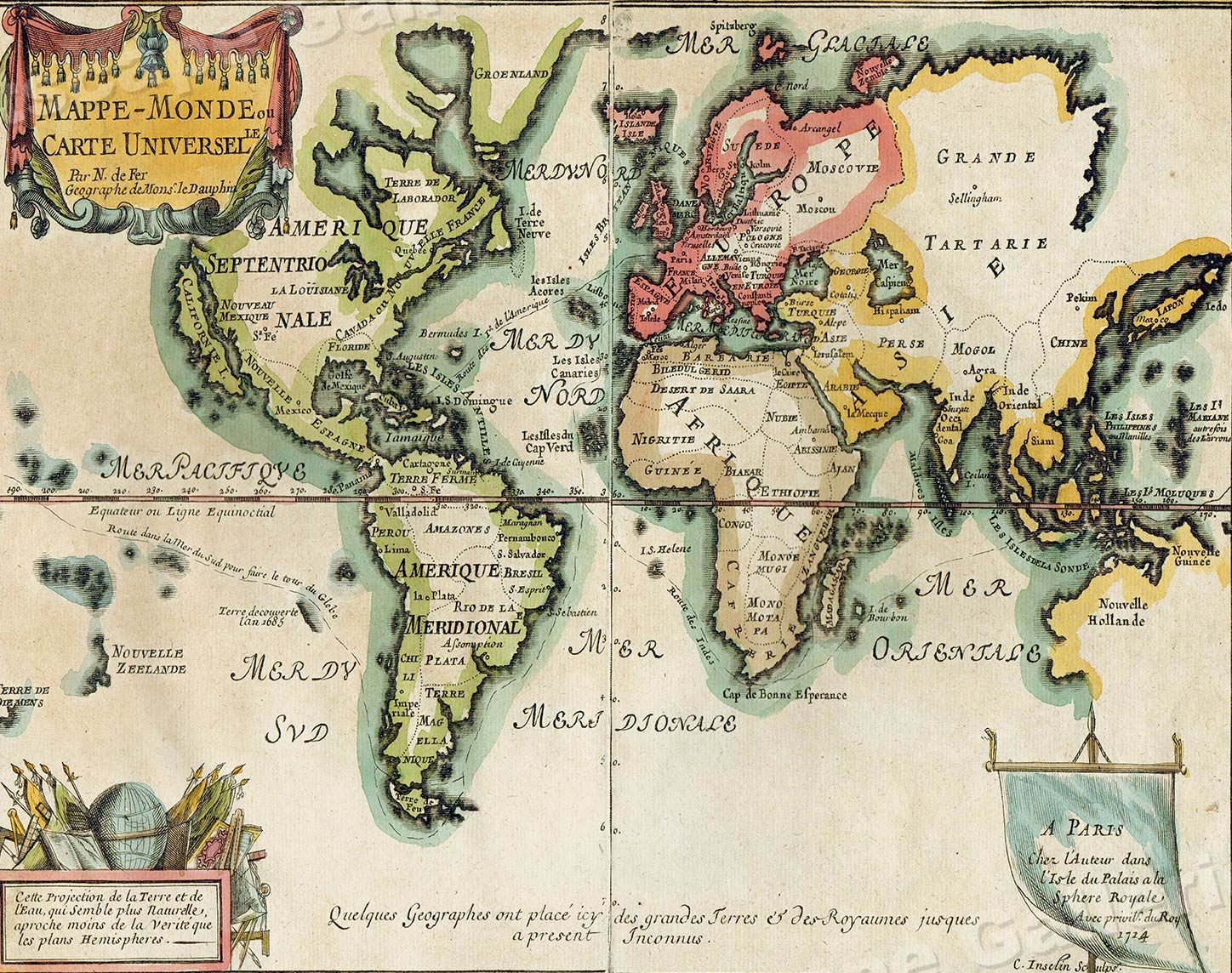
In today’s digital age, where virtual connections dominate our professional lives, it’s easy to overlook the humble business card. However, these small, rectangular pieces of paper hold a fascinating history that spans centuries. From ancient China to modern-day networking events, business cards have evolved and adapted to the ever-changing needs of business professionals. In this article, we will delve into the rich history of business cards, exploring their origins, transformation, and enduring relevance in the world of entrepreneurship.
Origins of Business Cards

The concept of business cards can be traced back to ancient China, where they were known as “visiting cards.” In the 15th century, Chinese nobility used these cards to announce their arrival to the homes of others. The cards were intricately designed, often featuring symbols and calligraphy that represented the bearer’s social status and identity.
It was not until the 17th century that visiting cards made their way to Europe, thanks to French and English aristocrats who were fascinated by the cultural practices of the Far East. These early European visiting cards, also known as calling cards, featured the visitor’s name and were presented to servants upon arrival at a nobleman’s home.
Rise in Popularity during the Industrial Revolution

During the Industrial Revolution in the 18th and 19th centuries, business cards became a vital tool for entrepreneurs and merchants. The rapid growth of trade and the expansion of cities necessitated a more efficient way for individuals to establish connections and promote their businesses. Business cards became a means of introducing oneself, outlining professional credentials, and conveying contact information.
In this era, business cards began to take on a more standard format, with printed text and designs. The Industrial Revolution’s advancements in printing technology made it easier and more affordable for individuals to produce their own cards. Entrepreneurs utilized numbered copper plates or engraved woodblocks to mass-produce their business cards, making them more accessible to a wider range of professionals.
Victorian Era: Artistry and Etiquette
The Victorian era witnessed a significant shift in business card design, where artistic expression and social etiquette played a pivotal role. Business cards were no longer merely utilitarian tools; they became expressions of one’s personal style and sophistication.
Cards were often adorned with intricate designs, embossed lettering, and elaborate monograms. The use of high-quality materials, such as heavy cardstock and fine parchment, added to their opulence. The exchange of business cards in Victorian society became a formal ritual, complete with precise rules of etiquette. The design and presentation of one’s card were seen as reflections of social status and good breeding.
Evolution in the 20th Century

With the advent of the 20th century, business cards continued to evolve, adapting to the changing times and technologies. The introduction of lithography and offset printing dramatically decreased production costs, allowing entrepreneurs from all walks of life to have their own customized cards.
As innovations like telephones and typewriters revolutionized communication, business cards began to include telephone numbers and company addresses. The purpose of business cards expanded beyond simply providing contact information; they became a marketing tool, with space reserved for slogans, taglines, and product descriptions.
The Digital Era and the Role of Business Cards Today

In recent decades, the digital revolution has transformed communication and networking. Virtual platforms like LinkedIn have gained prominence, making it easier than ever to establish professional connections online. Despite these advancements, business cards have managed to retain their relevance and continue to play a crucial role in networking.
Business cards provide a tangible reminder of a face-to-face encounter and offer a personal touch in an increasingly impersonal digital world. They allow individuals to establish an initial connection and provide a physical representation of their brand. In addition, business cards can still be exchanged in situations where digital technology is inaccessible or unreliable, such as at conferences, trade shows, or in developing regions.
Conclusion

The history of business cards is a testament to their enduring relevance and adaptability. From their origins as visiting cards in ancient China to their role as marketing tools in the digital age, business cards have evolved alongside the dynamic needs of entrepreneurs and professionals. Despite the rise of virtual networking platforms, the physical presence of a business card continues to hold a unique value in establishing connections and leaving a lasting impression.
In an increasingly digitized world, it is the tactile and personal nature of business cards that makes them stand out. So, next time you attend a networking event or meet a potential client, consider exchanging business cards as a tangible representation of your professional identity and a reminder of the rich history behind this small but powerful networking tool: the business card.
Olivia Reynolds, a marketing maven, is passionate about the impact of graphic design on brand success. Her love for outdoor adventures and travel fuels her fresh perspective on the importance of visual aesthetics in business cards and branding.